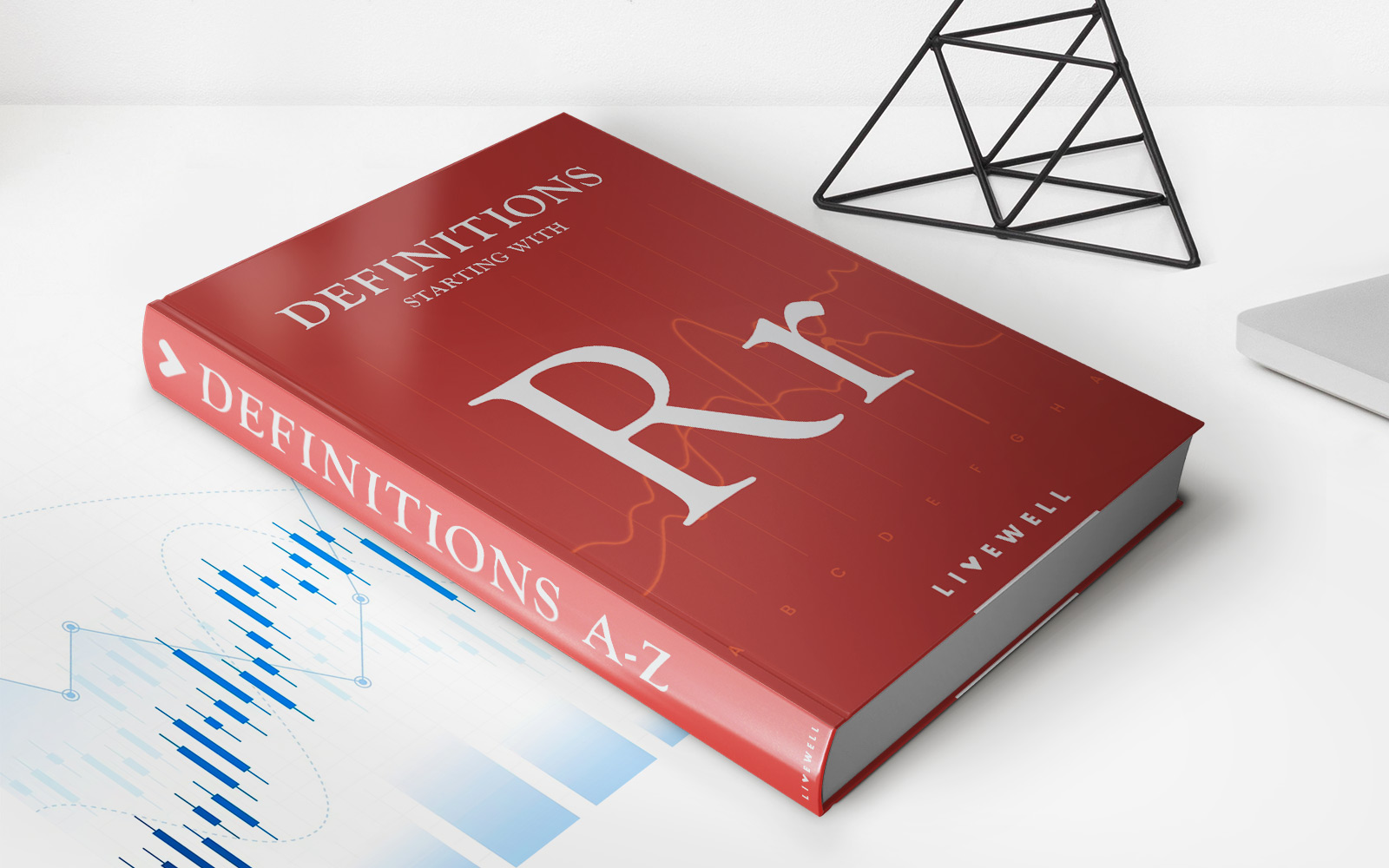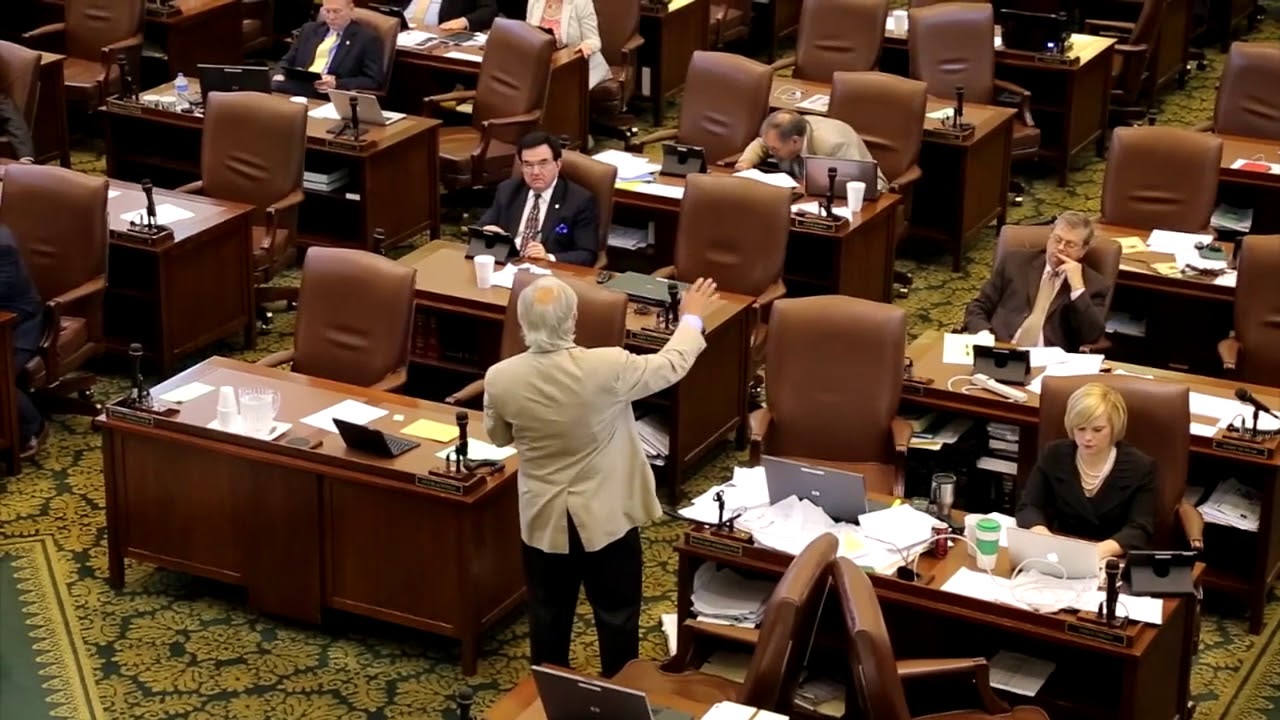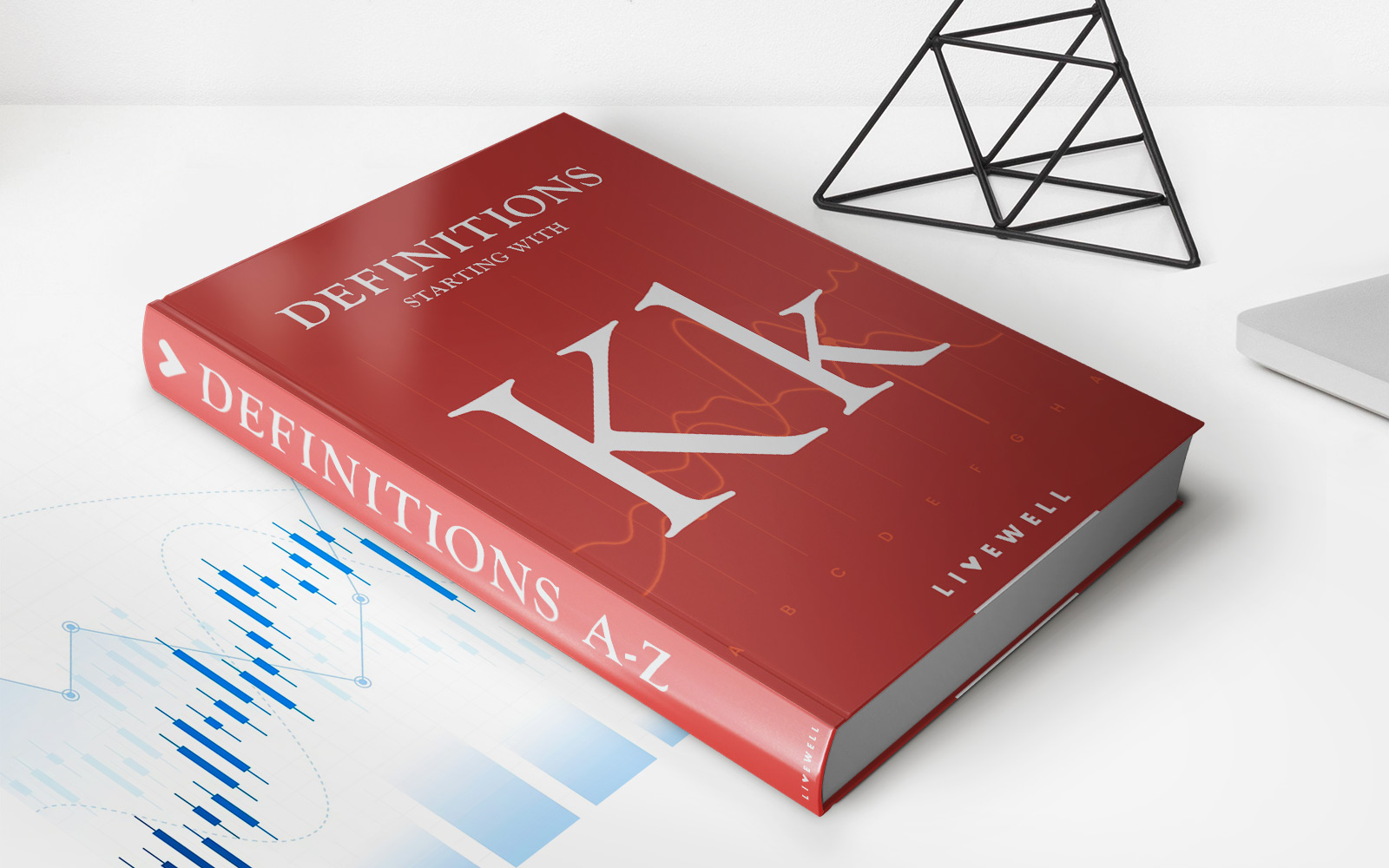Home>Finance>Melt-Up: Definition,How They Work, Causes, And Examples


Finance
Melt-Up: Definition,How They Work, Causes, And Examples
Published: December 24, 2023
Discover the meaning, workings, causes, and real-life instances of melt-ups in finance, including how they impact the market and investor behavior.
(Many of the links in this article redirect to a specific reviewed product. Your purchase of these products through affiliate links helps to generate commission for LiveWell, at no extra cost. Learn more)
Melt-Up: Definition, How They Work, Causes, and Examples
Have you ever heard the term “melt-up” and wondered what it meant? In the world of finance, a melt-up refers to a rapid and significant increase in the prices of assets, such as stocks, bonds, or real estate. This phenomenon is often driven by intense investor speculation and optimism, leading to a surge in buying activity. In this blog post, we will explore the definition of a melt-up, how they work, the potential causes, and provide some examples to better understand this market phenomenon.
Key Takeaways:
- A melt-up is an upward market movement characterized by a sudden and significant rise in asset prices.
- Melt-ups are fueled by speculation, increased investor confidence, and a fear of missing out on potential gains.
How Melt-Ups Work
A melt-up occurs when investors exhibit a strong belief that prices will continue to rise, leading to a frantic buying frenzy. As more investors join in, the demand for assets increases, driving prices higher. This positive feedback loop can intensify market momentum, creating a self-reinforcing cycle of buying and price appreciation.
Melt-ups often involve a collective shift in sentiment, where investors become less focused on fundamental factors such as valuations and earnings, and more influenced by market momentum and the fear of missing out on potential gains. This behavior can lead to asset prices becoming detached from their underlying fundamentals, causing market bubbles to form.
Causes of Melt-Ups
Several factors can contribute to the occurrence of a melt-up:
- Economic optimism: A positive economic outlook, strong corporate earnings, or favorable policies can create a sense of optimism among investors, encouraging them to pour money into the market.
- Liquidity infusion: Central banks or governments injecting large amounts of liquidity into the financial system can fuel a melt-up by increasing the availability of capital for investment.
- Speculation and herd mentality: When investors witness others making substantial profits, they may fear missing out and decide to jump on the bandwagon, leading to a surge in buying activity.
Examples of Melt-Ups
Let’s take a look at a few notable examples of melt-ups in financial history:
- Dot-com bubble (late 1990s): The rapid rise in internet-related stocks during the late 1990s is considered one of the most famous melt-ups. Investors were captivated by the potential of the internet and poured money into any company associated with it, regardless of their profitability or revenue. This speculative frenzy led to a market bubble that eventually burst with the dot-com crash in 2000.
- Bitcoin rally (late 2017): In late 2017, the price of Bitcoin skyrocketed to nearly $20,000, driven by widespread investor interest and media hype. Many investors jumped into the cryptocurrency market, believing it was the next big thing. However, the Bitcoin melt-up was short-lived, and the price subsequently experienced a significant correction.
Conclusion
A melt-up is a market phenomenon characterized by a rapid increase in asset prices driven by speculation, investor optimism, and a fear of missing out. While melt-ups can generate impressive returns for early investors, they also carry significant risks, as asset prices can become detached from their underlying fundamentals. It’s crucial to approach melt-ups with caution and to consider the broader market dynamics before making investment decisions.














